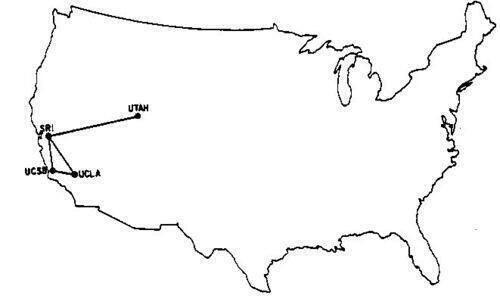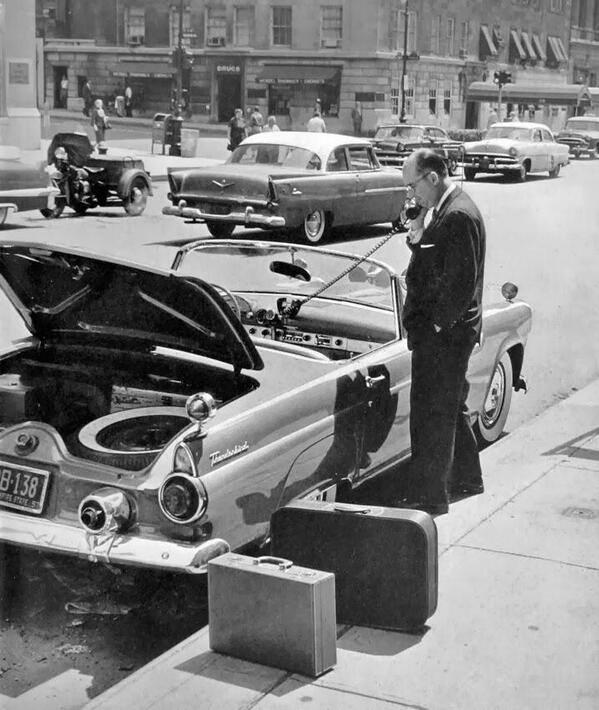 Sometimes it is helpful to remember just how far one has come.
Sometimes it is helpful to remember just how far one has come. Mobile communications was a concept, before it became a commercial service.
In 1985, when the CTIA first began keeping statistics, there were about 200,000 mobile phone customers in the whole United States.
Consider mobile adoption rates now.
Earlier, the big problem had been access to "telephone service" at all. In 1996, phone phone penetration was about 1.9 percent in Africa, for example.
Today, mobile adoption in Africa is at least 67 percent.
Consider the size of the Internet in 1969: four nodes. Today, two billion people, at minimum, use the Internet.
To twist a commonplace phrase, "progress happens."


No comments:
Post a Comment